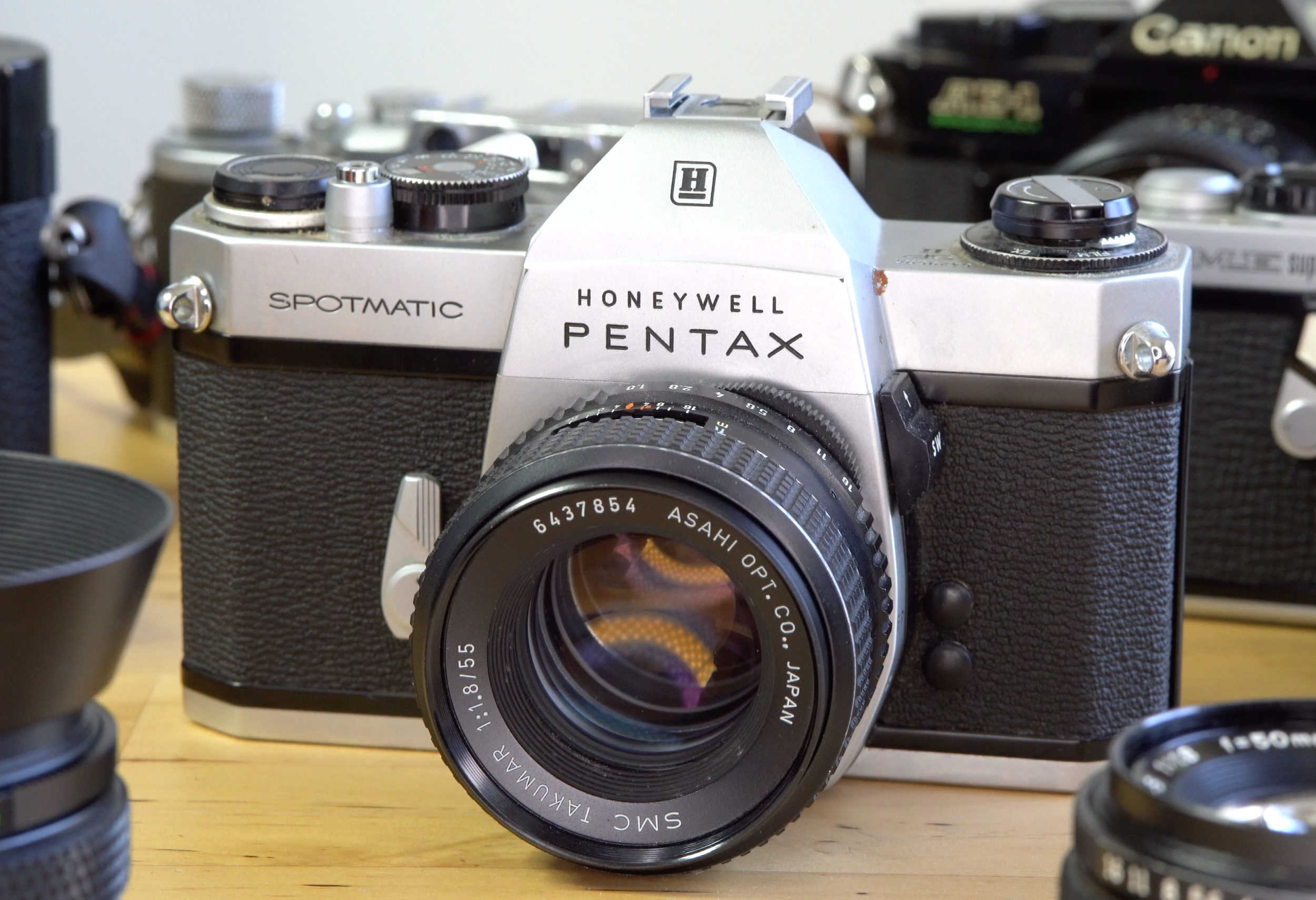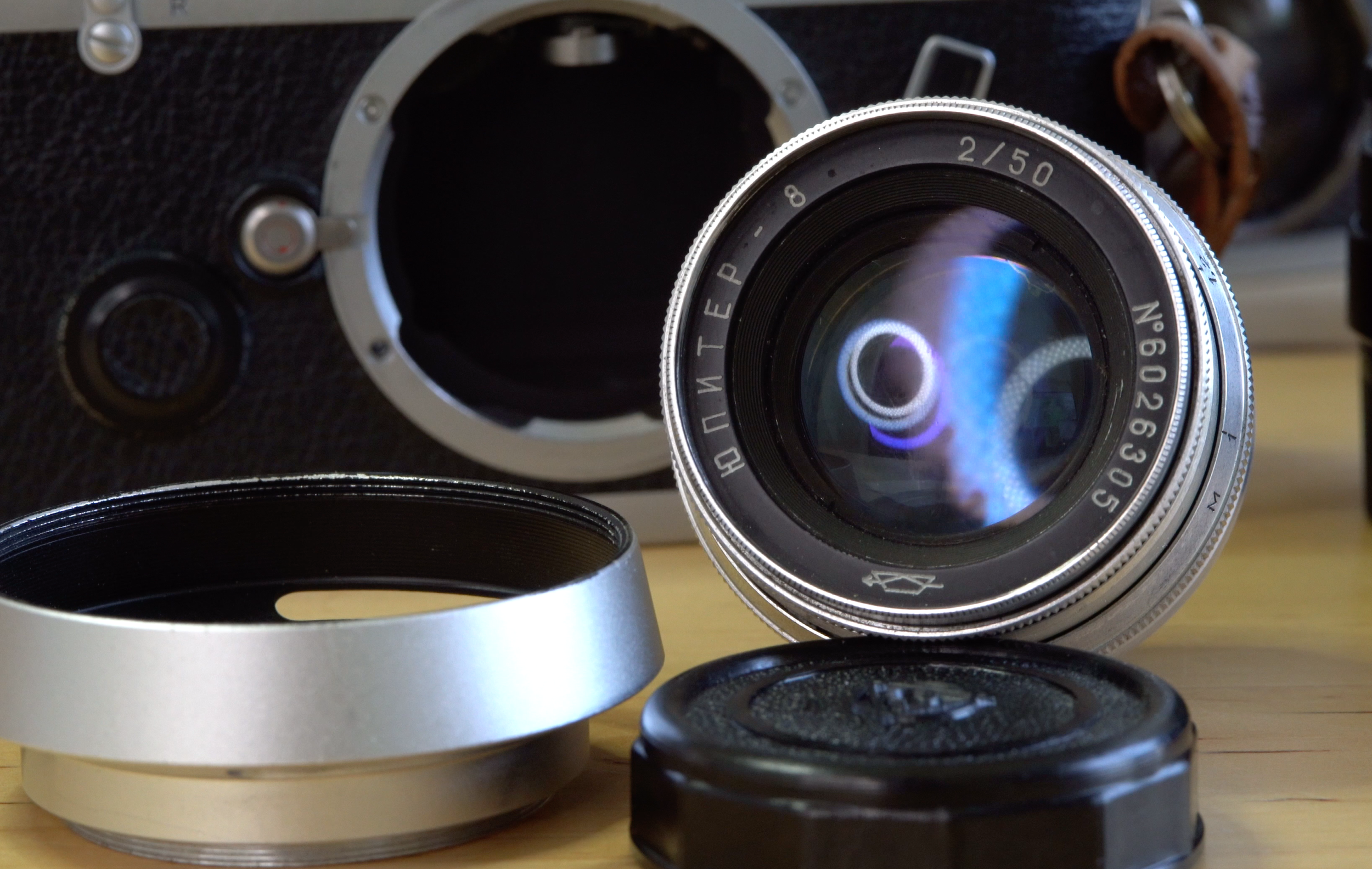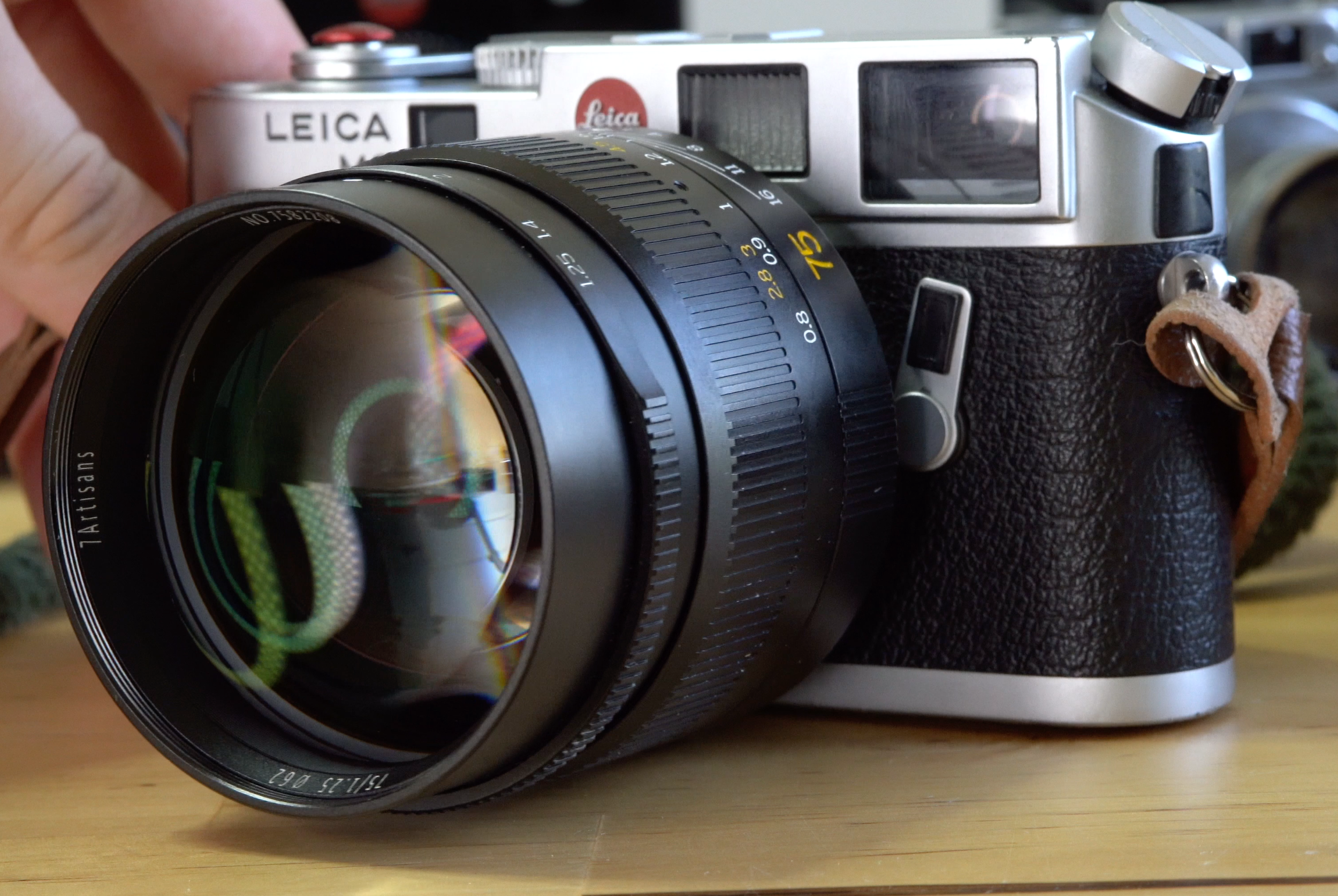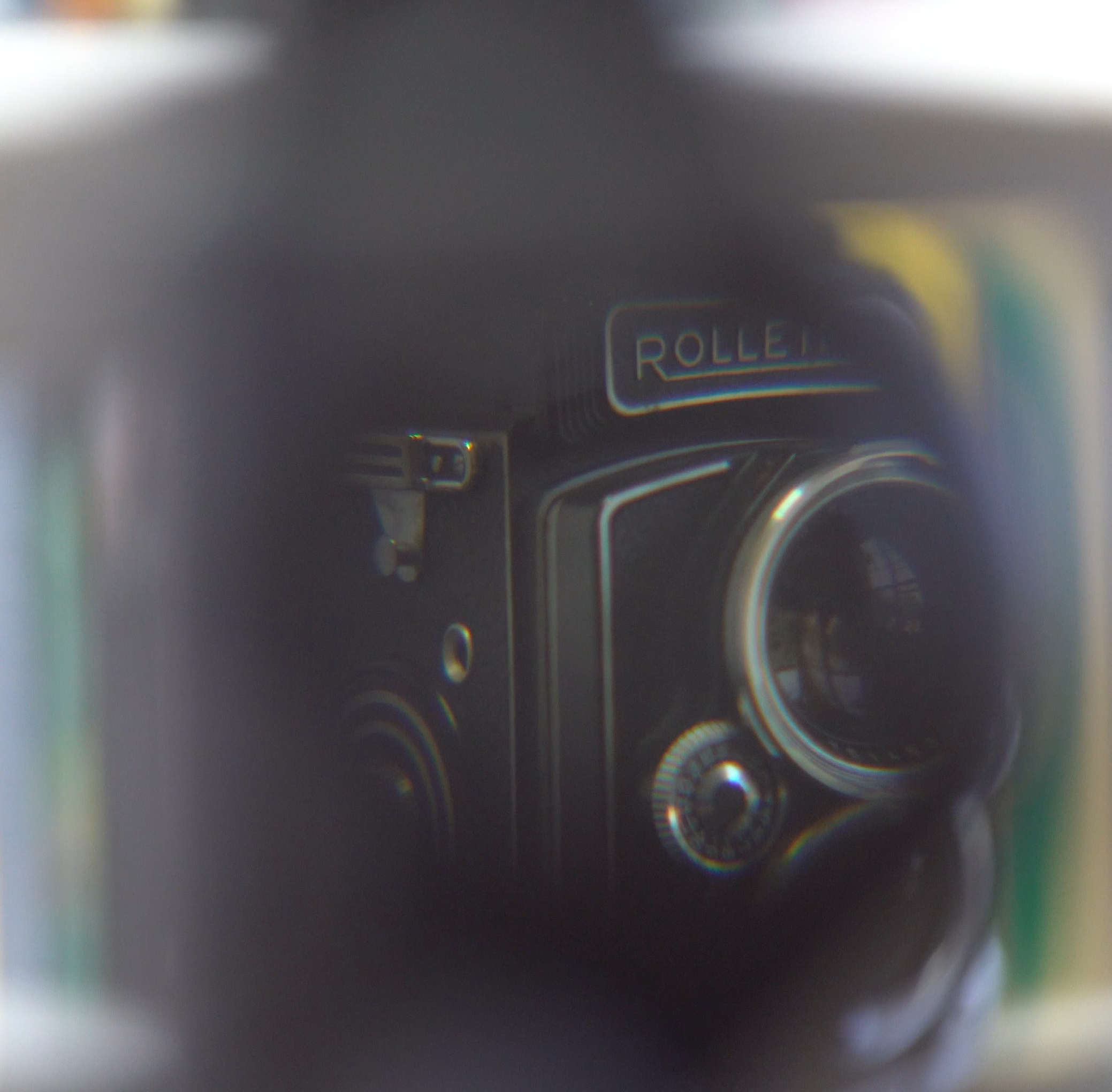by Anthony Gyzen and Sara Long
Most of my life I’ve used digital cameras, including some early Kodak and Nikon point & shoots. My first DSLR was the Canon T3i, and I loved it. I used the Canon system for a while, upgrading to the 7D and then later, the 70D. About three years ago, I started using Sony mirrorless cameras—first the a6000, and then a7S. When the Sony a7 III was announced, I sold my 70D and a7S to purchase that camera. In late 2018, I noticed I was going out to shoot less and less, and really only using the a7 III only as a tool for recording video. Bored of digital but missing the fun part of using a camera, I started looking into film photography for the first time in my adult life.
Other than using disposable cameras on vacations or school field trips, my only real experience with shooting film was during the holidays. My mom inadvertently started an annual tradition where we would spend an entire December evening in front of the Christmas tree with her Pentax ME Super, attempting to get an acceptable family photo. She would go through at least four rolls of film every year because my brother liked to make faces right before the flash popped. All that effort to just get one photo turned me off of film photography.
After my grandfathers passed away, I inherited their film cameras. My paternal grandfather left me the Kodak Retina IIIc, and my maternal grandfather left me his Pentax Spotomatic. I never got around to putting film in either of these cameras, and they sat on shelves.


Two and a half years ago, I bought a gigantic lot of film cameras, lenses, and accessories off of Craigslist on a whim. I thought I might resell them individually to help fund the a7 III, but I figured I’d keep a few, at least the lenses I could adapt to my Sony alpha cameras.
I ended up hanging onto a Hasselblad 500cm, an Olympus OM-1 with some lenses, and a couple Minolta MD lenses which I’ve featured in episodes one and two of the Adapting Vintage Lenses series. I also kept this Leica IIIa with a Summar 5cm (50mm) f/2 lens. I had been interested in the Leica M series in particular, but since this was older thread mount, I didn’t get around to trying it out until early 2019. I found the manual online and shot my first roll of Fuji S200 on the Leica IIIa with a Russian Zeiss copy, the Jupiter-8 5cm f/2. I picked this lens because the glass was much cleaner than the Summar, which was scratched up when I acquired it.



I did some research into basic film developing, but we were about to move, so I held off on buying equipment and chemicals. But I had a stoke of luck in May 2019, when I found an incredible deal on a silver Leica M6 that I couldn’t pass up. The seller included a few accessories and extra rolls of film, but I still needed to get a proper M mount lens.
I had an LTM/L39 to M mount adapter handy, so I shot my first 30 rolls using my Jupiter-8 on the M6 in the two months before we moved from Bellingham to Kansas City. Because I wasn’t developing any rolls yet, I was worried about a number of issues, like missing focus or whether the expired film I used was ruining shots (it was).
So began the process of developing and scanning, as soon as I was able in the summer of 2019. The process was nerve-wracking the first few times, but everything turned out acceptable, but there is still so much to improve on. I spoke with a Steve at Express Photo, a professional film developer here in Kansas City, and he advised me that other than maintaining my use of good quality chemicals, only time and practice would perfect my technique.
During my first year, I almost exclusively used the M6 with the 7Artisans 75mm f/1.25, 35mm f/2, and 28mm f/1.4, as well as the 50mm Jupiter-8 lens.



As of right now in late summer 2020, I’ve shot and developed over a hundred 35mm rolls and about twenty rolls of 120 film, experimenting with several different film stocks in color as well as black & white, from companies like Kodak, Fuji, Arista, Kenmere, Ilford, and Bergger.
My current setup still includes the a7 III for work, but my personal favorite cameras are the Leica M6, M3, M 240 and Rolleiflex 2.8D.



After a year and a half of use, my M6 light meter no longer reads a scene, so I’ve had to carry around a Sekonic L-508 Zoom Master light meter. I love this tool for accurate spot metering, especially on distant objects. Even with a working internal meter, the M6 does not have that kind of accuracy to correctly estimate the necessary amount of exposure.


I’ve learned a lot in my journey into shooting film, but I believe I could shoot and develop for years and still continue to discover new things. That’s what excites me about film. I enjoy the entire process, from capture to the ritual of developing to scanning, and I like how much control this format gives me. Film just makes me want to take pictures.

